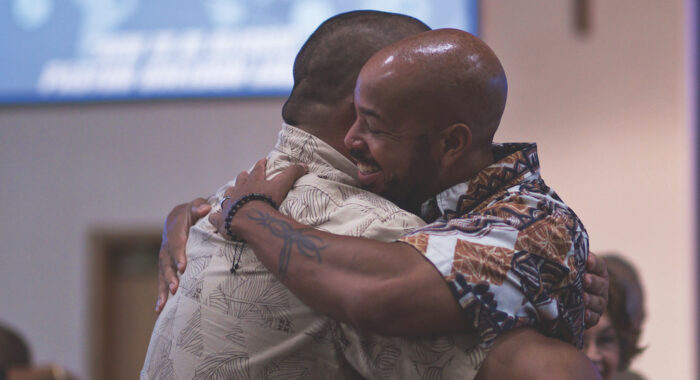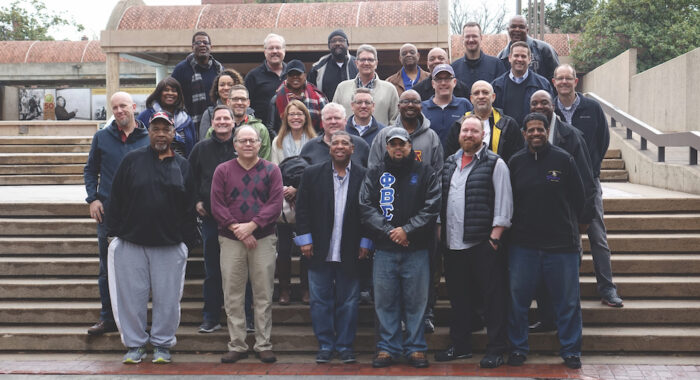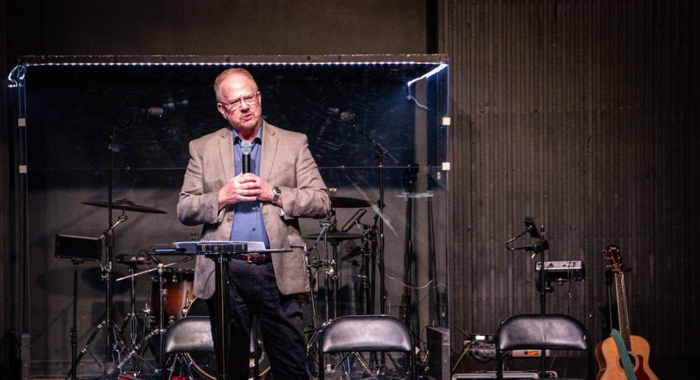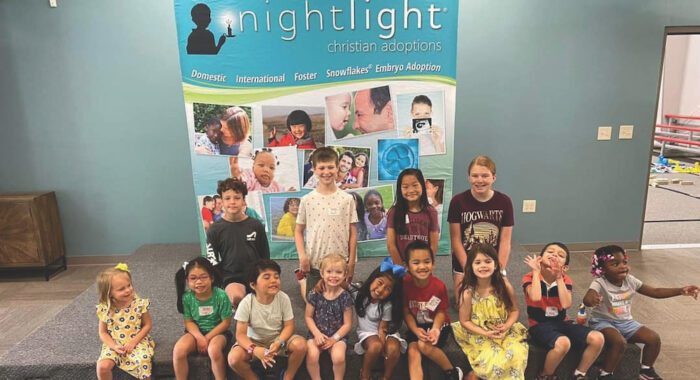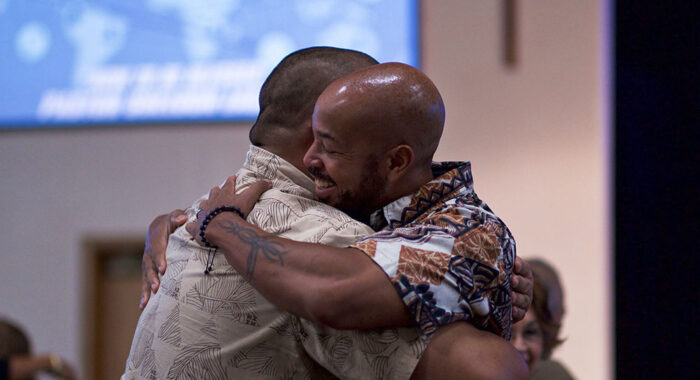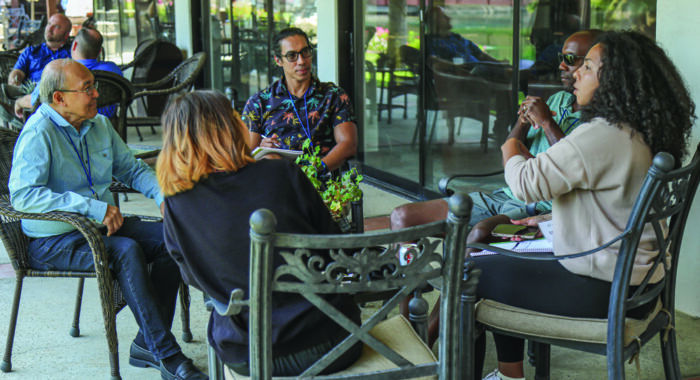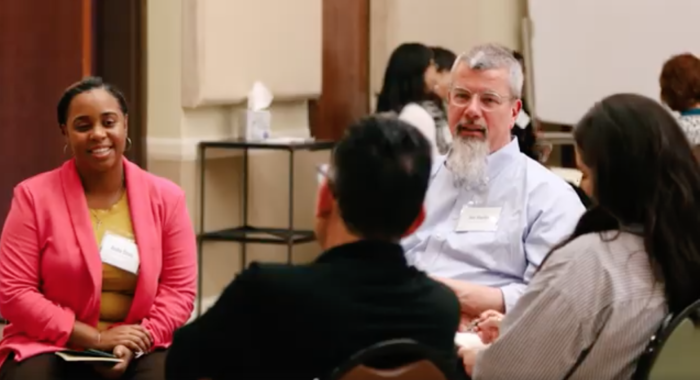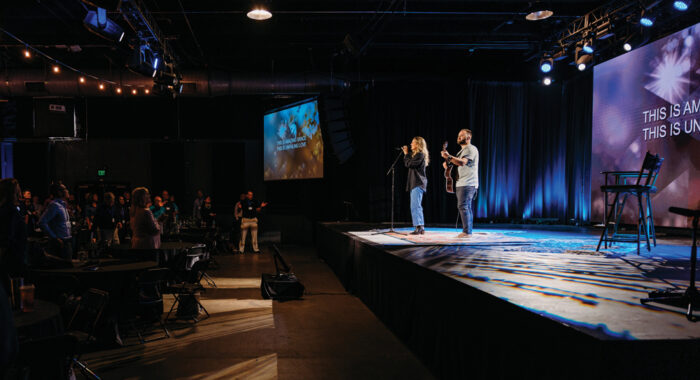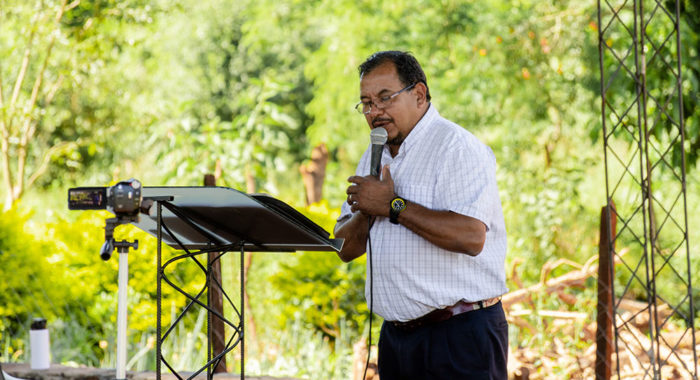Throughout my 27-year journey in Christ, my wife and I have served in various roles in eight multiethnic churches located in Atlanta, Kansas City, Raleigh/Durham, Long Beach, and Riverside, California. The churches varied in size, ranging from 12 to over 10,000 members, and encompassed a wide range of ages, from newly established church plants to those with over 100 years of operation. The following perspective on models of multiethnic churches intersects personal experience as a third-generation Mexican American immigrant and academic research.
Interactive Tested Models
In “One New Church,” Manuel Ortiz defines a multiethnic church as a congregation that “includes culturally diverse people who meet together as one congregation, utilizing one language, usually English.”
There are significant challenges to address when it comes to ministering to multiple generations, especially those who are first through third generation immigrants. The three commonly known interactive models for immigrants joining an existing church community include isolation, integration and assimilation.
- Isolation occurs when the host and immigrant cultures coexist in the same space but have minimal or no meaningful interaction. It’s like a family welcoming someone needing a home. If neither the host family nor the individual desires to intentionally intertwine their lives, they will coexist in a state of relational segregation until a change in living situation becomes necessary.
- Integration refers to the interaction between host and immigrant cultures as they navigate ongoing challenges that naturally arise.
- Assimilation is when the host culture welcomes immigrants and over time, the immigrant culture dissolves, leaving only the host culture.
I have observed both positive and negative outcomes with each model. Below are brief summaries of the outcomes.
Isolation
- Positives: Immigrant churches were given the opportunity to establish their ministries. The host and immigrant pastors established a timeline of their partnership, and the immigrant church departed when they acquired their own building.
- Negatives: The lack of interaction left immigrants feeling marginalized. Second and third generation immigrants experienced displacement from both cultures when many of them identified as a hybrid of each.
Integration
- Positives: Diversity in leadership often led to congregational diversity. Visitors were more likely to remain over time because they felt valued.
- Negatives: Residual effects from cultural phenomena such as the 2016 election, COVID-19 and George Floyd served as a litmus test, revealing the extent of integration in churches. Social media platforms exacerbated internal conflicts, resulting in a higher exodus of members and visitors from churches that had limited integration. In contrast, churches with diverse multiethnic communities and well-established systems experienced less attrition.
Assimilation
- Positives: Churches were able to visually represent a multiethnic presence.
- Negatives: Immigrant families who questioned host culture traditions or expressed a desire for more integration were often told that the host culture would not change and that they may need to find another place of worship.
In the Moment
The complexities of the interaction between host and immigrant cultures become even more intricate when the comprehensive needs of second and third generation immigrants surface. In addition to the intrafaith issues listed above, generational preferences and rhythms related to language, relationships and technology also play a role.
Studies have shown normative second and third generation needs are further complicated by mental health awareness, especially among foreign-born adopted children, cultural transmission battles within diverse family structures and the formation of personal and national self-identity.
One approach that I have found helpful in this milieu is misión integral. This approach, championed by C. René Padilla, aims to address the needs of all members of every ethnicity through a comprehensive gospel response, while also acknowledging the distinct differences and challenges experienced by second and third generation immigrants.
As the demographics in North America become more diverse and immigrant narratives gain prominence, it is important for local churches to come together to discuss, fast, pray and seek biblical wisdom on how to foster meaningful unity that embraces cultural, ethnic, political and socioeconomic diversity. This should be done by prioritizing comprehensive discipleship without compromising the demonstration and proclamation of the gospel.
Hear more from D.A. Horton on culture making and the gospel ![Arrow]()
D.A. Horton serves as assistant professor and program director of the Intercultural Studies program at California Baptist University. He also serves as associate teaching pastor at Grove Community Church in Riverside, California. With a passion for urban and global ministry, Horton uses his writing and speaking skills to discuss insights on topics such as ethnic conciliation, collective perspective and hip hop. He has authored nine books, including “Are You Good with God?” and “Intensional: Kingdom Ethnicity in a Divided World.” Horton graduated from Calvary Theological Seminary with a master’s degree in Christian studies and is currently working on his doctorate in applied theology at Southeastern Baptist Theological Seminary.




 View All Articles
View All Articles 












